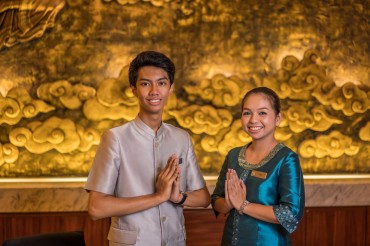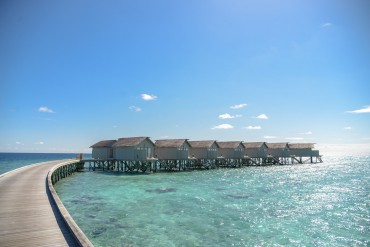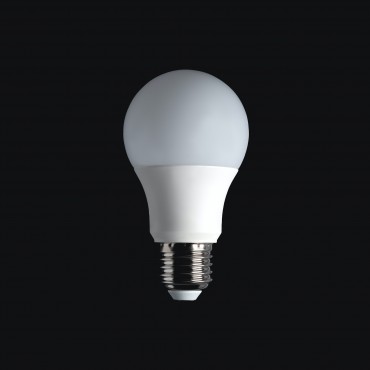We don’t know the future of global warming trends or how exactly it will affect our environments. But we certainly see the effects of water pollution, and with less than 1 percent of the world’s freshwater readily accessible, these days we dare not waste a drop.
Looking at a map of the globe it seems surprising. So much blue! But even though 2/3 of earth is covered in water, 97 percent of it is in the salty oceans, not doing much good as drinking water or for agriculture. And with 70 percent of freshwater frozen in ice caps, how can we think of letting rainwater escape down drains, into filthy streets and end up as pollutants?
For this reason rain garden are getting great support from environmentalists, who know that as the population increases, so will the demand for fresh water. A third of the world’s population already lives in “water-stressed” countries, which means they consume 20 percent more water than the available supply.
Save Water and Enjoy
A rain garden looks much like any other, providing a habitat for birds and butterflies, but is usually planted in a depression or ‘pond’ which collects rainwater runoff from roofs, driveways, paths and parking lots, giving the plants ample opportunity to absorb it. It also means storm water stays in one place where it can soak into the ground instead of running off into oily drains and into sewers and rivers, which can cause erosion, water pollution and flooding.
Native plants are recommended for rain gardens because they are more tolerant of specific climates, have deep root systems for better water infiltration and drought tolerance and have far better sustainability once established. Usually these plants are perennials like those you would find growing in a wetland or bird habitat near your home, such as wildflowers, sedges, rushes, ferns, shrubs and small trees like varieties of willow. In other words, look at what grows on the lake or river nearest you, and it will in all likelihood be the best choice for your rain garden.
Small is Beautiful
While some of us live in a tropical paradise, most rain gardens are small and easily cared for, as well as planted near the house where channels from gutters can easily find them. They are also easy to install if you are willing to dig a little.
The most important thing is finding the proper location – about 10 feet away from your house – where is close to your rain water source and can easily be seen but not so close as to risk flooding your floors.. Ideally, look for a naturally occurring low spot on your property that is either in full or partial sunlight. If you have a gutter downspout which is not already connected underground, fill it with beach pebbles or stones for the effect of a natural brook in your garden which will take the water to your rain garden. This looks particularly nice if you install stone slab ‘bridges’ over your little streams, such as those at www.easypave.com. It is also nice to have stone pathways alongside your rain garden, so as not to get your feet wet.
Image Courtesy: realontariofarmer.wordpress.com

























































Comments